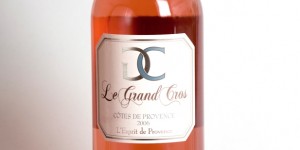
As the adage goes, “You can lead a horse to water, but you can’t make it drink.”
I have been trying to lead a horse to water, so to speak, for years now – that is convincing importers there is a market for Rosé here in Singapore. Read More >

As the adage goes, “You can lead a horse to water, but you can’t make it drink.”
I have been trying to lead a horse to water, so to speak, for years now – that is convincing importers there is a market for Rosé here in Singapore. Read More >
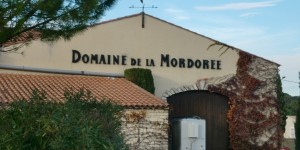
Final part of the Rhône series
My journey in the Southern Rhône comes to an end at Tavel and Lirac – two towns which are a mere six minutes from each other. There is always more to expound about the riches of the Rhône, such as the areas of Luberon, the Ventoux and the Vaucluse. Domaine Faverot, Domaine de la Citadelle and Domaine de Tara are producers I would recommend for those who are interested in getting a taste of the diversity of the South of South. The flavour profiles there remind me of the punchiness of South Australian wines. However, those finer details would be better-suited for a story in the future. My focus is on Tavel and Lirac. Read More >
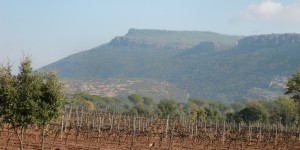
Final Part of the Provence wine series. Many wines tasted with personal opinions.
I believe that to end the Provence series, it is worth mentioning about the Fréjus Appellation, which is another sub-appellation of the Côtes de Provence and an AOC 80km from Nice, a city that used to be under the Regent of Italy along with Savoie. I was told that Nice itself was founded by the Greeks who brought olive, figs and winemaking from Greece 2600 years ago. It is said that the first wines made were likely rosé as the wines are pressed straight away after picking. Read More >
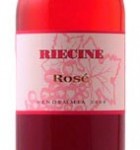
With onset of the southern hemisphere summer the mood in this half of the world is swinging towards fresh, crisp whites and rose.
The surge in popularity of rose is underpinned by the increasing number of genuine wines made in a drier style moreover, from dedicated vineyards and undergoing brief skin contact to achieve their colour, as opposed to just adding a bit of red. There are also more single grape styles being made, expressive of their varietal characteristics and region.
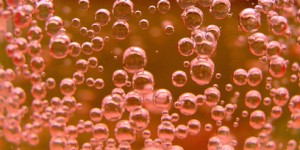
Rose champagne is enjoying high demand and not just because of Valentine’s Day.
Rose Champagne, or Pink Champagne as it is more commonly known, if not a little mincing, has become increasingly vogue over the last few years. Indications are that its popularity is becoming more entrenched and it is easy to see why, with an appealing bouquet of fresh strawberries, added dimensions of flavor and complexity and more allure than normal (white) Champagne.
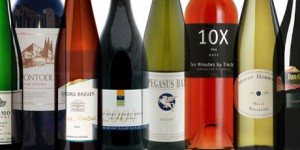
Curtis Marsh shares why it’s impossible to make up his mind when it comes to a favourite wine.
Whenever I’m asked, “What is your favourite wine?” I reply, “The wine I haven’t tried yet”, emphasising that I gain the most pleasure in discovering new taste sensations.
The fact is: I have a wandering palate for food and wine, greatly influenced by my mood and by different cuisines, although inevitably, there are certain flavours, varieties and regions I enjoy more than others.
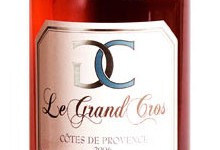
Rosé skeptics must surely be convinced by now that this is more than a passing fad, with the bourgeoning popularity of rosé and increasingly diverse range of styles with winemakers from divergent regions pursuing worldwide consumer demand.
However, the rose euphoria is being exploited by opportunist (parasitical) wine marketers with a flood of rosé coming on to the market, a large percentage of these wines are made as an afterthought and do the rose movement an injustice. Alas, my choice of “rosé of the year” is intentionally from a region and producer that grows grapes specifically for rose and has been perpetually dedicated to, if not synonymous of this dry style of wine – Provence.